Exhibition dates: 11th February – 21st May 2017
Curator: Dr Steven Tonkin
Melati Suryodarmo (Surakarta, Central Java, Indonesia, b. 1969)
Sweet Dreams Sweet
2013
Courtesy the artist
Just a quick comment on this exhibition as I’m not feeling very well with my ongoing hand issues.
This is one of the best exhibitions I have seen this year in Melbourne.
All of the works, whether video or photographic, are conceptually engaging, intellectually stimulating and visually powerful. I spent a couple of hours over two visits soaking in the narratives and mise-en-scène of every performance. I was totally immersed in the stories the artists were telling. As with all good art, the works engage the viewer and challenge our point of view in the most profound and complex ways.
While the works may be “political” “acts” the performances act on the viewer at a deeper existential level: what are we doing to the world, our only planet, and the people that live on it. What is the cost of rampant capitalism and consumerism in social, political and environmental terms. Every single work in this exhibition is grounded in these concerns. Unlike a lot of contemporary art which is all about surface and as deep as a peanut, this conceptual art is based on the fundamental building blocks of humanity – our connection to earth and to one another – often expressed through aesthetically beautiful images manifested in the physical body.
Favourites are the mesmerising 12-hour performance of Melati Suryodarmo I’m a Ghost in My Own House (2012) where the artist’s “methodical grinding of charcoal briquettes to dust can be seen as a metaphor for the crushing of the human spirit by the pressures of life”; the powerful dancing and mechanical digger in Khvay Samnang’s Where is my Land? (2014); and the beautiful face pictures in Moe Satt’s F ‘n’ F (Face and Fingers) (2009). I could watch the latter over and over again, so archetypal and elemental does the androgynous face of the artist become.
But really, every piece in this exhibition is worthy of contemplation. Not to be missed.
Dr Marcus Bunyan
Please click on the photographs for a larger version of the image.
Performance art is one of the driving forces in contemporary art across Southeast Asia. It is an art form that acknowledges the cultural traditions of performance within the region, while also providing avant-garde artists with a creative means to critically explore social, political and environmental issues.
The exhibition Political Acts will present a selection of artists’ films, photographs and installations by some of the innovative pioneers of performance art in Southeast Asia.
Artists represented are Dadang Christanto (Indonesia/Australia), Lee Wen (Singapore), Liew Teck Leong (Malaysia), Khvay Samnang (Cambodia), Moe Satt (Myanmar), Melati Suryodarmo (Indonesia) and Tran Luong (Vietnam).
Melati Suryodarmo (Born 1969, Surakarta, Central Java, Indonesia)
I’m a Ghost in My Own House (extract)
2012
Single channel video installation
Duration: 30.30 mins
12-hour performance at Lawangwangi Foundation, Bandung, Indonesia, in 2012
Melati Suryodarmo‘s practice encompasses live art performances which are then presented through films, photography and installations. A film of her renowned 12-hour durational work of I’m a Ghost in My Own House (2012), is shown in this exhibition. In this work the artist’s methodical grinding of charcoal briquettes to dust can be seen as a metaphor for the crushing of the human spirit by the pressures of life.
The artist says that “talking about politics, society or psychology is meaningless unless it can be manifested in the physical body.” This is exemplified by Sweet Dreams Sweet, a group performance choreographed by Suryodarmo in Jakarta in 2013. It involved a group of 30 young female performers, all identically dressed to conceal their individuality. This work questions the impact of the political and cultural hegemony in Indonesian society.
Khvay Samnang (Cambodian, b. 1982)
Rubber Man #3
2014
Courtesy the artist and SA SA BASSAC, Phnom Penh
Since 2011 Khvay Samnang has used sand as a material for social and political commentary. In Where is my Land? (2014) he critiques the unstoppable momentum of urban development around Phnom Penh, which has resulted in the infilling of traditional lakes and the forced removal of local residents.
In his recent and widely celebrated Rubber Man series from 2014, Khvay poured pristine white rubber over his naked and partially obscured body. He draws attention to the devastating environmental impact of large-scale, foreign-owned rubber plantations on the once remote and previously pristine rainforests of northeast Cambodia.
Khvay Samnang (Cambodian, b. 1982)
Where is my Land? (extract)
2014
Single channel video installation
Duration: 13.30 mins
Lee Wen (Singapore, 1957-2019)
Splash! #7
2003
Courtesy the artist and iPreciation, Singapore
A driving force in contemporary art across Southeast Asia, performance art will be the focus of a new free exhibition at Arts Centre Melbourne in Political Acts: Pioneers of Performance Art in Southeast Asia, presented as part of the inaugural Asia TOPA: Asia-Pacific Triennial of Performing Arts in Gallery 1 from 11 February 2017…
“In the last decade performance art and performative practices have taken centre stage within the global contemporary art world,” says Curator, Dr Steven Tonkin. “The seven artists in Political Acts are ground-breaking practitioners of performance art. As individuals, they offer personal viewpoints on their respective national and regional cultures. As a collective, they illustrate interesting commonalities in artistic strategies and approaches.”
“Most importantly, these provocative contemporary artists highlight the major political, social, economic and environmental issues confronted and critiqued through performance art in Southeast Asia today.”
Dadang Christanto is an internationally acclaimed artist. Born in central Java in 1957, Christanto moved to Australia in 1999. He exhibits and performs regularly in both Australia and Indonesia and has spent his artistic life commemorating the victims of political violence and crimes against humanity.
Singaporean performance artist Lee Wen explores social identity and is best known for his Yellow Man performances. Painting his own body with bright yellow poster paint, he expresses an exaggerated symbol of his ethnic identity. He received the prestigious Cultural Medallion for his contribution to visual art in Singapore.
Born in Kuala Lumpur in 1970, Liew Teck Leong studied Fine Art at the Malaysian Institute of Art in the early 1990s, initially becoming an expressionist painter. In the 2000s his practice changed direction to incorporate installation, photography and public art performances, when he became an active member of the artists’ collective Rumah Air Panas / RAP Art Society.
Born in 1982, Khvay Samnang studied painting and graduated from the Royal University of Fine Arts, Phnom Penh, in 2006. He now works across performance, photography, video and installation. Khvay was one of the co-founders of the artists’ collective known as Stiev Selepak (or Art Rebels), and was involved in establishing the artist-run space Sa Sa Art Projects in Phnom Penh’s historic White Building. He is one of the leading Cambodian artists to have come to international attention over the last decade.
Born in Yangon in 1983, Moe Satt is one of the cohort of young artists who have begun to transform the contemporary art scene in Myanmar. Principally self taught, Moe Satt uses his body as the primary vehicle for his art, although his practice now also encompasses photography, film and installations. His artistic career mirrors the wider socio-political changes that have occurred in Myanmar over the last decade, from isolation under military rule to the current democratic reforms.
Born in 1969 in Surakarta (or Solo), Central Java, Indonesia, Melati Suryodarmo grew up in the creative environment provided by her father Suprapto, founder of Amerta – an exploratory free-form dance movement. Suryodarmo sees her art practice as opening the door to new perceptions, traversing traditional cultural and political boundaries ‘in an effort to find [one’s] identity’.
Born in Hanoi in 1960, Tran Luong trained as a painter at the Hanoi University of Fine Arts. He achieved recognition as a member of the ‘Gang of Five’, a group of artists whose works were a catalyst for contemporary art in Vietnam from the late 1980s. A widely respected multidisciplinary artist, curator and mentor for the next generation of contemporary Vietnamese artists, his collaborative approach to art-making involves local communities.
“The inaugural Asia TOPA: Asia-Pacific Triennial of Performing Arts is an artistic celebration of our relationship with contemporary Asia,” says Arts Centre Melbourne CEO, Claire Spencer. “Vital, fresh and always unpredictable, Asia TOPA offers a city-wide window onto the creative imaginations fuelling the many cultures of our region.”
“Cultural engagement is key to expressing who we are, where we have come from, and how we connect with each other across the Asia-Pacific region. The dazzling array of artists featured in Asia TOPA will provide new ways of understanding the deep connections that run between us all.”
Press release from the Arts Centre Melbourne
Dadang Christanto (Central Java, Indonesia, b. 1957)
Tooth Brushing
1979-2015-2017
Courtesy the artist, Gallerysmith, and 4A Centre for Contemporary Asian Art
Dadang Christanto (Central Java, Indonesia, b. 1957)
Tooth Brushing (extract)
2017
Single channel video installation
Duration: 6.00 mins
Performance in Political Acts: Pioneers of Performance Art in Southeast Asia at the Arts Centre Melbourne on 10 February 2017
Moe Satt (Yangon, Myanmar, b. 1983)
F ‘n’ F (Face and Fingers) (extract)
2009
Single channel video
Duration: 12.00 mins
Moe Satt‘s early performance piece, F ‘n’ F (Face and Fingers) from 2008-2009, is simple in conception but complex in the multiple meanings that can be read into the choreographed combinations of hand and facial gestures. Among the artist’s favourites are a universal ‘Thumbs Up’ and the potent symbol of a ‘Gun’ pressed to his temples.
In his The Bicycle-Tyre-Rolling Event from Yangon the artist re-enacts a childhood game of racing discarded rubber bicycle tyres with friends. In this series of photographs the public places and monuments he rolls the tyre past present a performative narrative of his country’s history. For example, the beautiful vistas of Yangon’s two large man-made lakes belie their entwined histories of demonstrations and death.
Installation view of Moe Satt’s The Bicycle-Tyre-Rolling Event from Yangon (2013)
Photo: Marcus Bunyan
Tran Luong (Hanoi, Vietnam, b. 1960)
Steam Rice Man (extract)
2001
Single channel video
Duration: 5.00 mins
Performance at the Mao Khe Coal Mine, Quang Ninh Province, Vietnam in 2001
Tran Luong (Hanoi, Vietnam, b. 1960)
Lap Lòe (extract)
2012
Three channel video and sound installation
Duration: 5.00 mins
Tran Luong‘s collaborative approach to art-making often involves working with local communities, such as rural coal miners in northern Vietnam in 2001. During that time he created his early performance art work Steam Rice Man.
Tran Luong weaves his personal experiences with concerns for the wider socio-political situation in Vietnam. One influential moment was seeing his son arrive home from school wearing a red scarf around his neck. It reminded the artist of the communist red scarf he had to wear as a boy.
In Lap Lòe (or ‘flicker’), the three channel video installation in this exhibition, a red scarf has become aesthetically abstracted for the screen – blowing like a flag in the wind, snapping hypnotically and painfully across the artist’s body, and falling gracefully through the area. The red scarf is a powerful symbol for personal and collective memory.
Tran Luong (Hanoi, Vietnam, b. 1960)
Coc Cach
2013-2016
Courtesy the artist
Liew Teck Leong (Kuala Lumpur, Malaysia, b. 1970)
Body+Dots+Politics (Yellow)
2016
Courtesy the artist
Arts Centre Melbourne
Gallery 1, Theatres Building
100 St Kilda Road, Melbourne VIC 3004

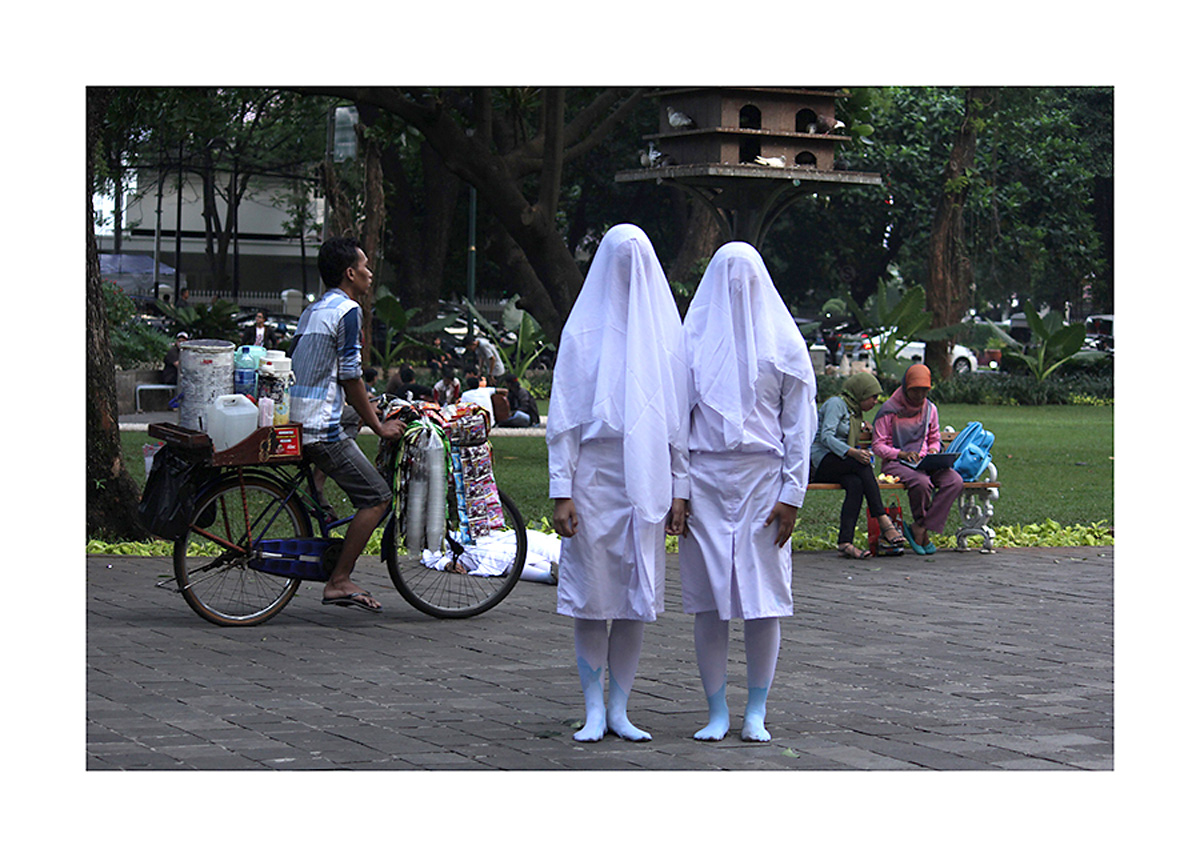
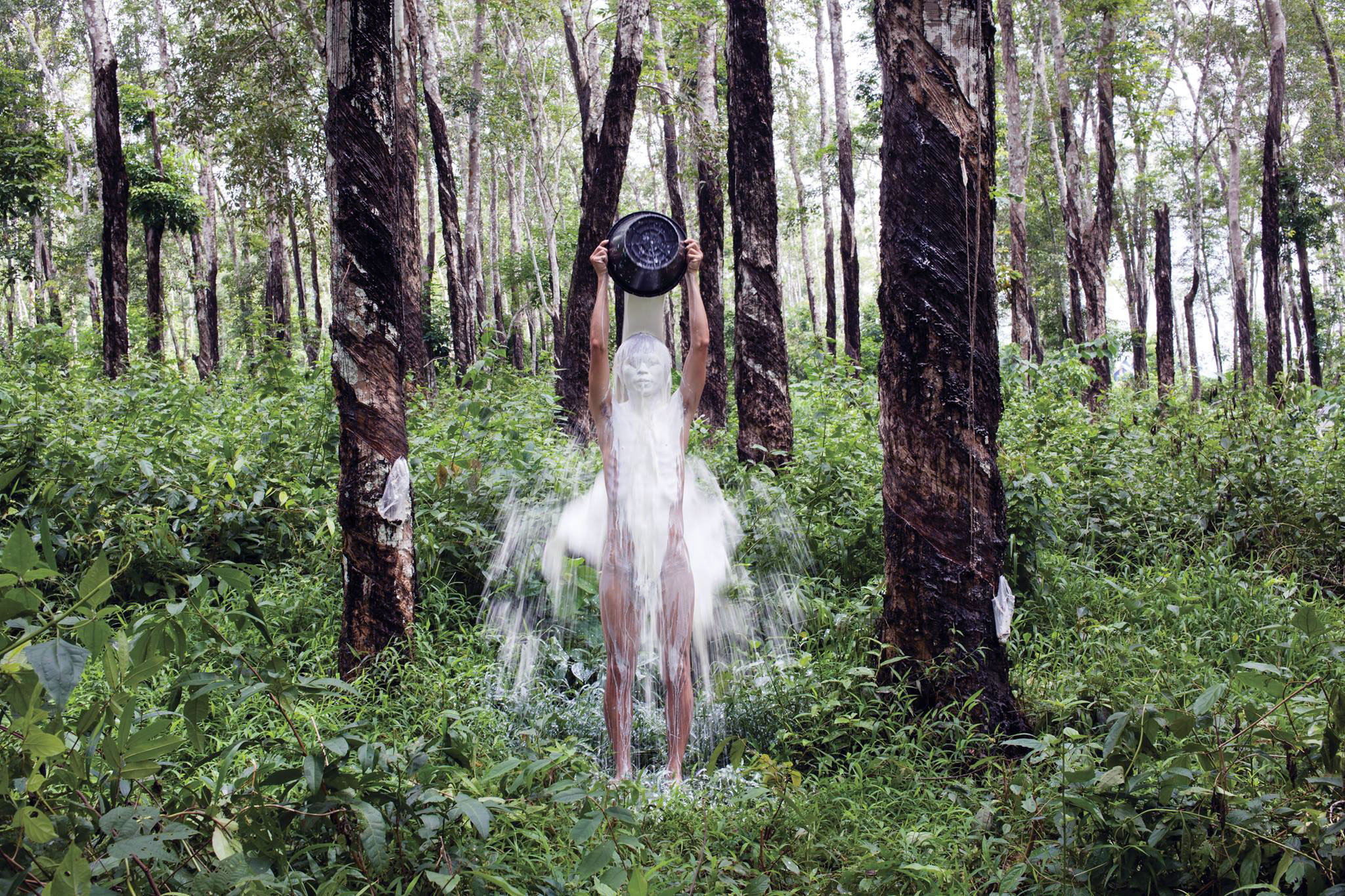


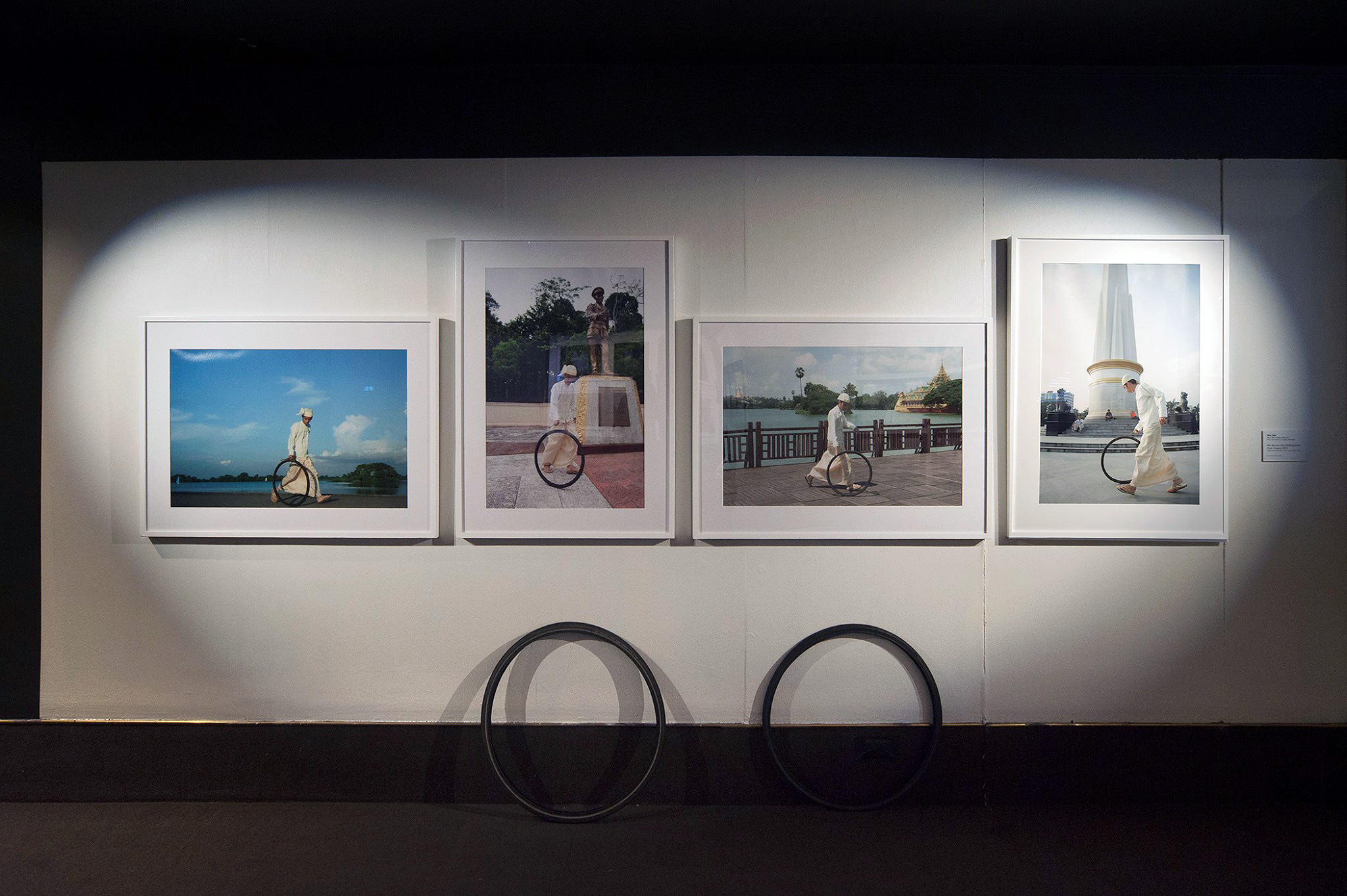
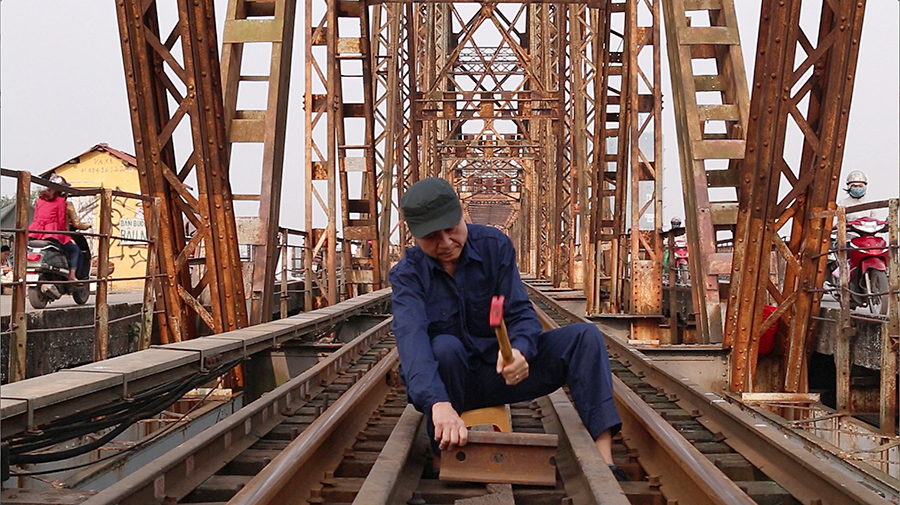

![Lorna Simpson. 'Five Day Forecast [Prévisions à cinq jours]' 1988 Lorna Simpson. 'Five Day Forecast (Prévisions à cinq jours)' 1988](https://artblart.com/wp-content/uploads/2013/08/lsimpson_02-web.jpg?w=840&h=370)
![Lorna Simpson. 'Stereo Styles [Styles stéréo]' 1988 Lorna Simpson. 'Stereo Styles (Styles stéréo)' 1988](https://artblart.com/wp-content/uploads/2013/08/lsimpson_15-web.jpg?w=840&h=431)


![Lorna Simpson. 'Waterbearer [Porteuse d'eau]' 1986 Lorna Simpson. 'Waterbearer (Porteuse d'eau)' 1986](https://artblart.com/wp-content/uploads/2013/08/lornasimpson_004-web.jpg?w=655&h=501)
![Lorna Simpson. 'Chess [Échecs]' 2013 Lorna Simpson. 'Chess (Échecs)' 2013](https://artblart.com/wp-content/uploads/2013/08/lsimpson_08-web.jpg?w=840&h=472)
![Lorna Simpson. 'Chess [Échecs]' 2013 Lorna Simpson. 'Chess (Échecs)' 2013](https://artblart.com/wp-content/uploads/2013/08/lsimpson_07-web.jpg?w=840&h=472)



![Lorna Simpson. 'Cloudscape [Paysage nuageux]' 2004 Lorna Simpson. 'Cloudscape (Paysage nuageux)' 2004](https://artblart.com/wp-content/uploads/2013/08/lsimpson_10-web.jpg?w=840&h=833)















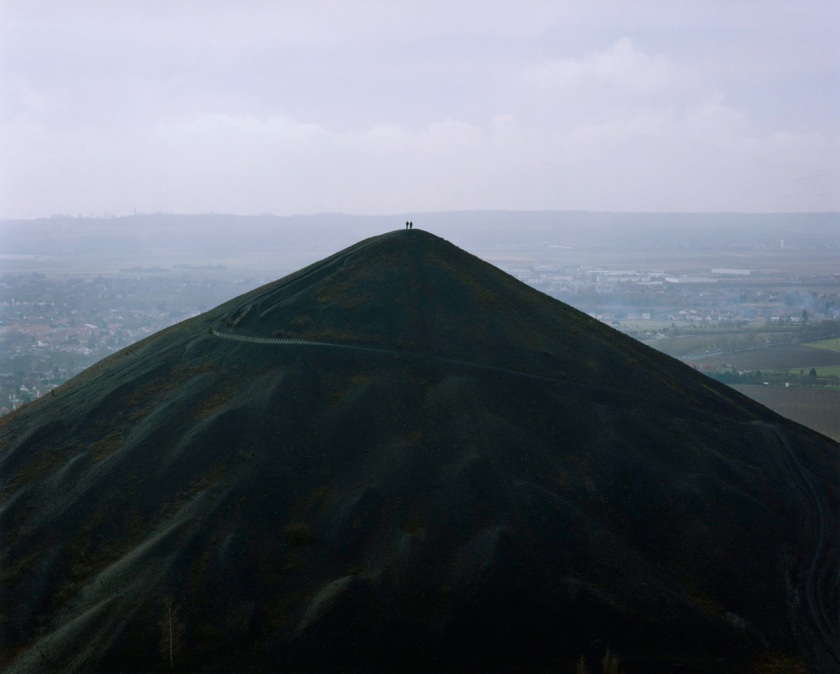





















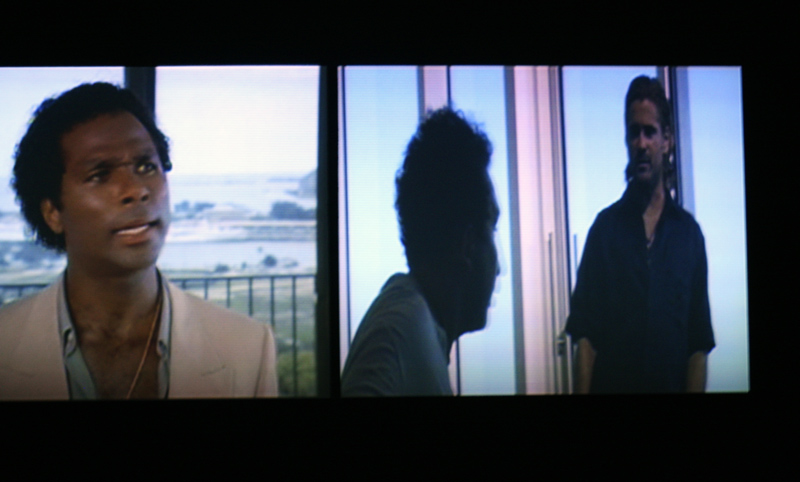

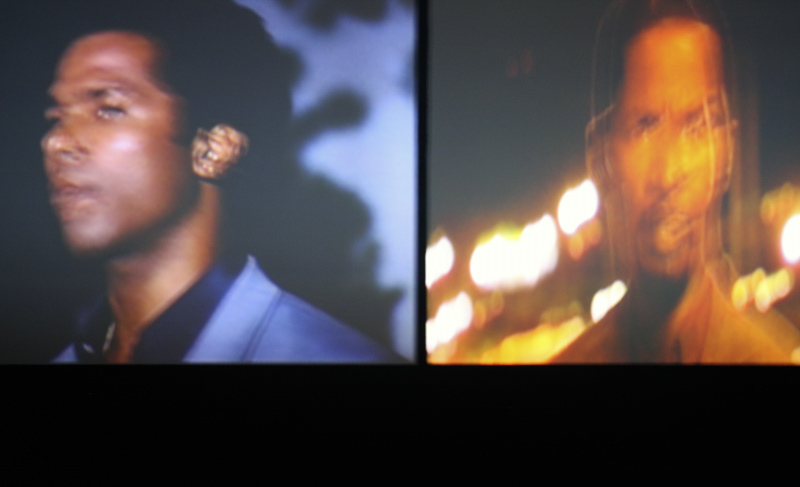
You must be logged in to post a comment.